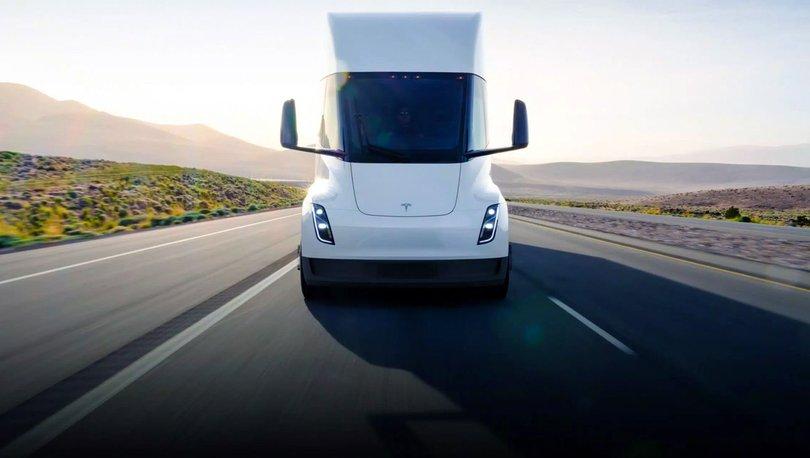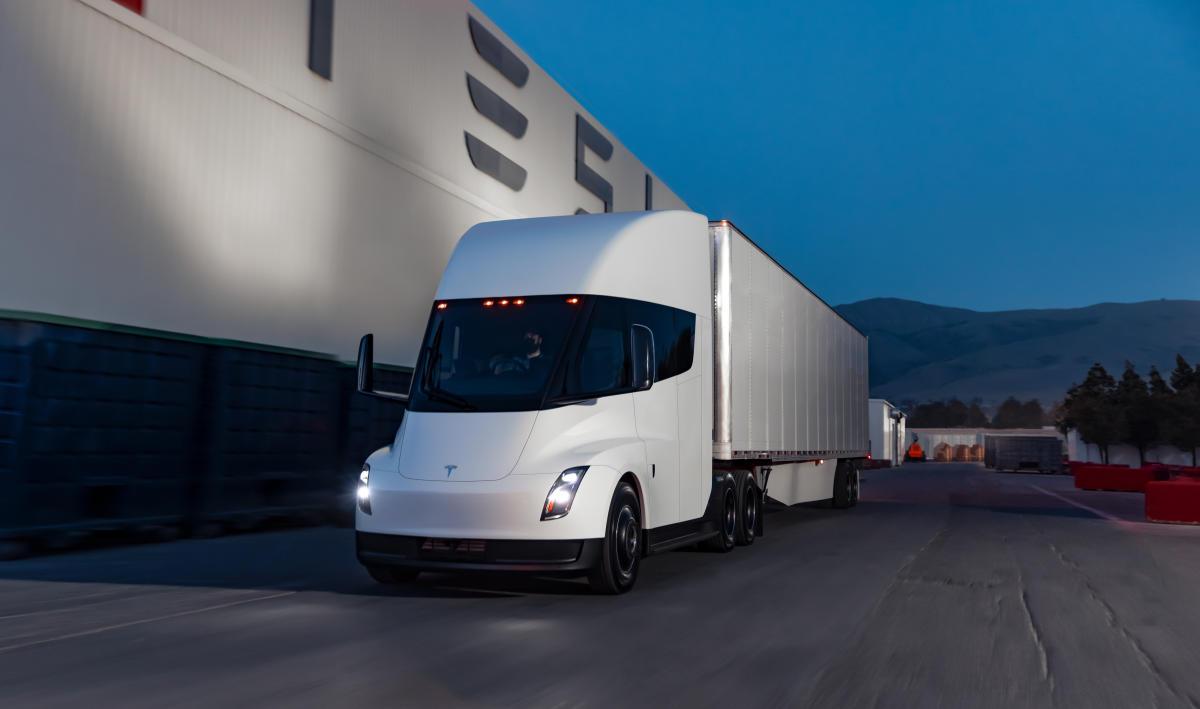Tesla delivered the first production versions of its long-delayed electric Semi truck on Thursday evening, five years after CEO Elon Musk revealed the commercial vehicle. The first Tesla Semi trucks were delivered to Pepsi at an event at the company's gigafactory in Sparks, Nevada. Pepsi placed an order for 100 trucks in December 2017, when the Tesla Semi was first revealed. Other high-profile customers waiting include Anheuser-Busch, Walmart and UPS. Tesla appeared to have at least five Semi's with PepsiCo and Frito-Lay branding at the event. Pepsi previously shared that it plans to use at least 15 Tesla Semis to convert its Modesto, California Frito-Lay plant into a zero-emissions facility.
Also See: YouTube Music Launches Personalized 2022 Recap!
Tesla Fulfills its 2017 Promises

In 2017, Tesla said Autopilot, the automaker's advanced driver assistance system, would be on the Tesla Semi. At Thursday's event, however, neither Musk nor Dan Priestley, senior manager of Tesla Semi Engineering, mentioned any automated capabilities of the truck. Nor did he discuss the placement of the cameras that will be needed for Autopilot to "see". Tesla has stayed true to many of its other 2017 promises.
Five years ago, for example, Tesla said the Semi could travel 500 miles on a single battery charge when fully charged and traveling at 65 miles per hour. On Thursday, the automaker appears to have made good on that promise. It even demonstrated it with a video showing a Semi drive from Fremont to San Diego. However, the company did not provide some key statistics, including the size of the battery pack. Tesla also did not reveal the price of the Semi truck. The Semi uses the same drivetrain as the Plaid Model S and Model X. It is also based on a "three-motor system".
Musk noted that the engine is about the size of a soccer ball but is more powerful than a diesel engine because of its energy density. In fact, Priestley said the Semi is three times more powerful than any diesel truck currently on the road. As promised, the Semi is built with regenerative braking. This means that when drivers take their foot off the gas pedal, the brakes provide power to the battery.
"We get to the bottom of the hill and we have cold brakes. It's mind-blowing in the trucking world." Musk also noted that the wheels have better traction than a diesel truck because electric motors are more responsive than diesel engines. The truck's interior cabin, as previously announced, is built with the seat in the center. Priestley said drivers can stand up and change clothes in the cabin, which is built with cargo space for tools and charging ports. "You have efficiency in every part of the vehicle. It has one-touch suspension casting, so it's very easy to attach to the trailer. It saves time and money," Musk said.
One reason Tesla has been able to achieve so much "efficiency" is that it can rely on what it learns from its active fleet of vehicles
By putting the trucks in its own fleet and using them to transport goods between Tesla factories and suppliers, Tesla will be able to collect more data to improve Semi in the future. Semis will be charged by a "megawatt-class charger" with a next-generation immersive cooling system. These chargers will be similar to Tesla's supercharger network. Alongside the chargers, the company will also install Megapacks, an energy storage system that prevents excessive surges of electricity from the grid.





No comments yet for this news, be the first one!...